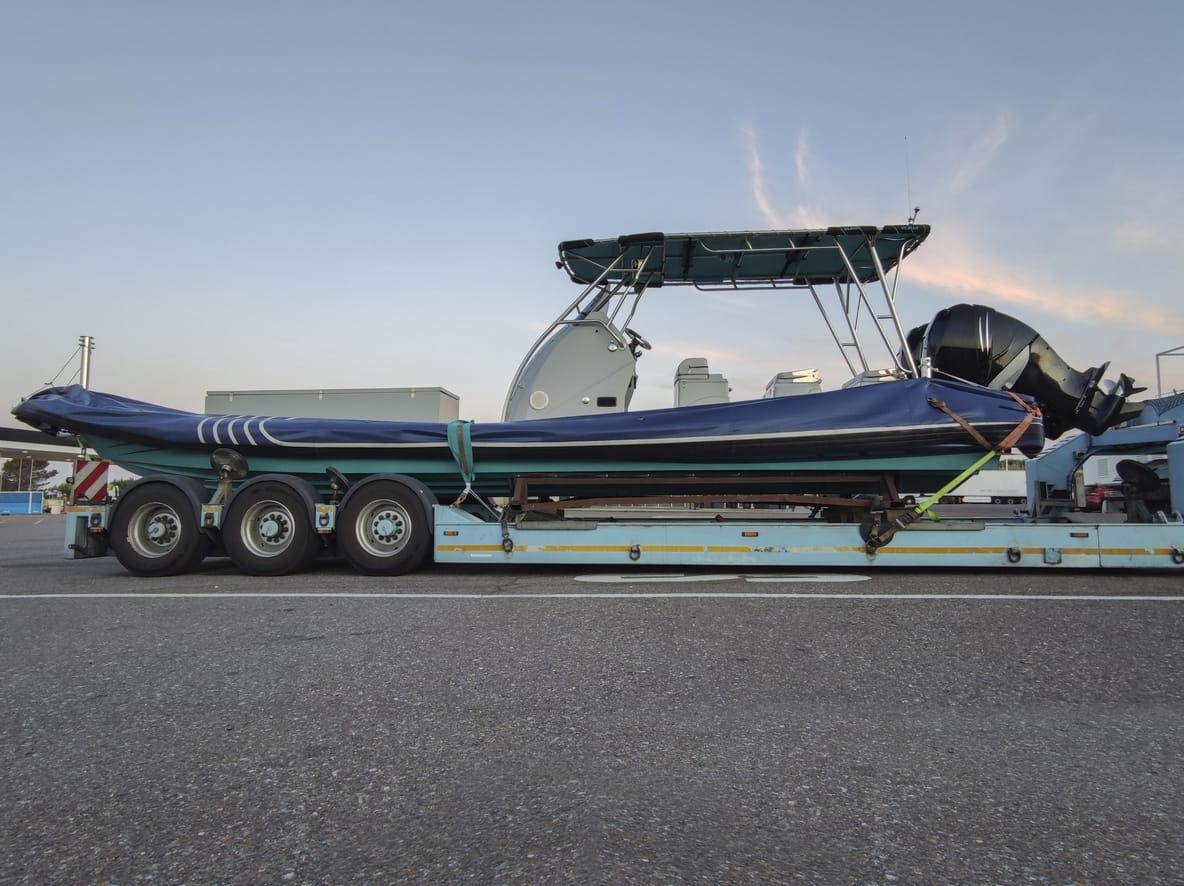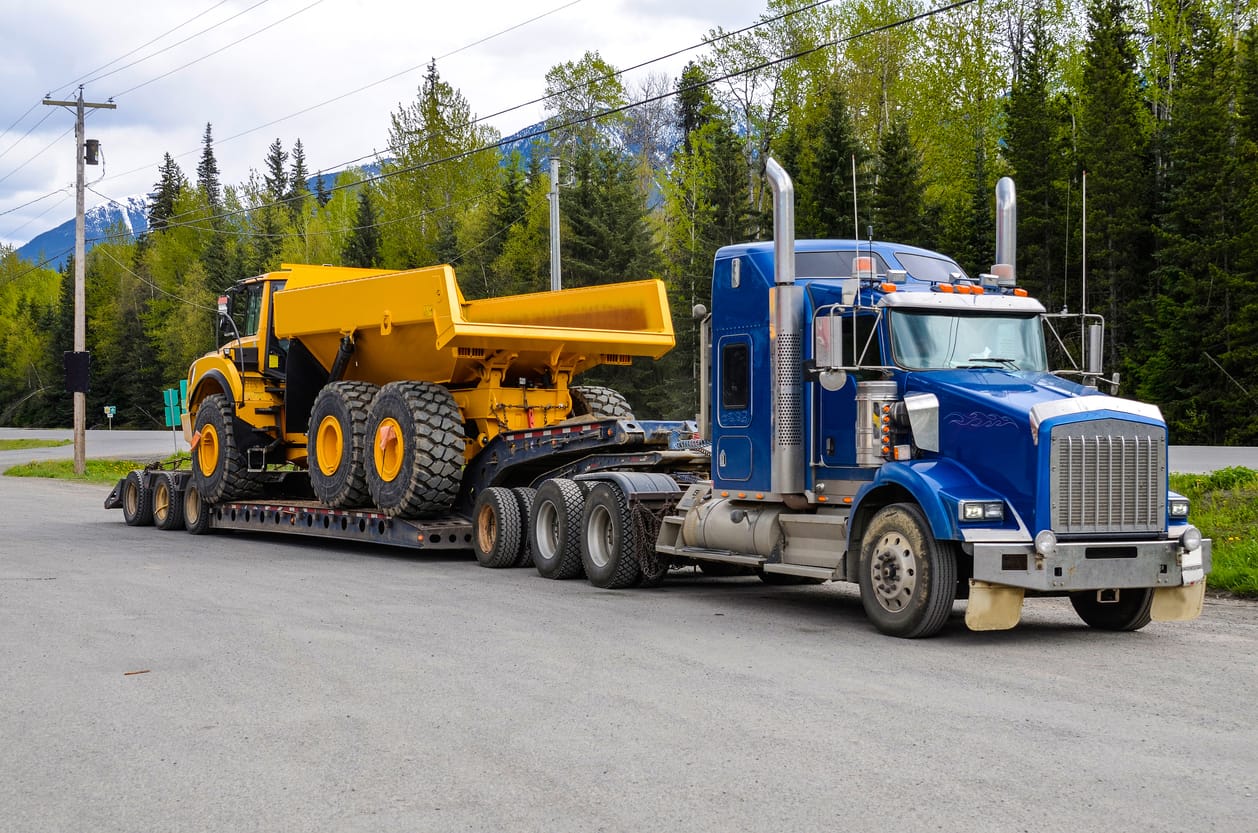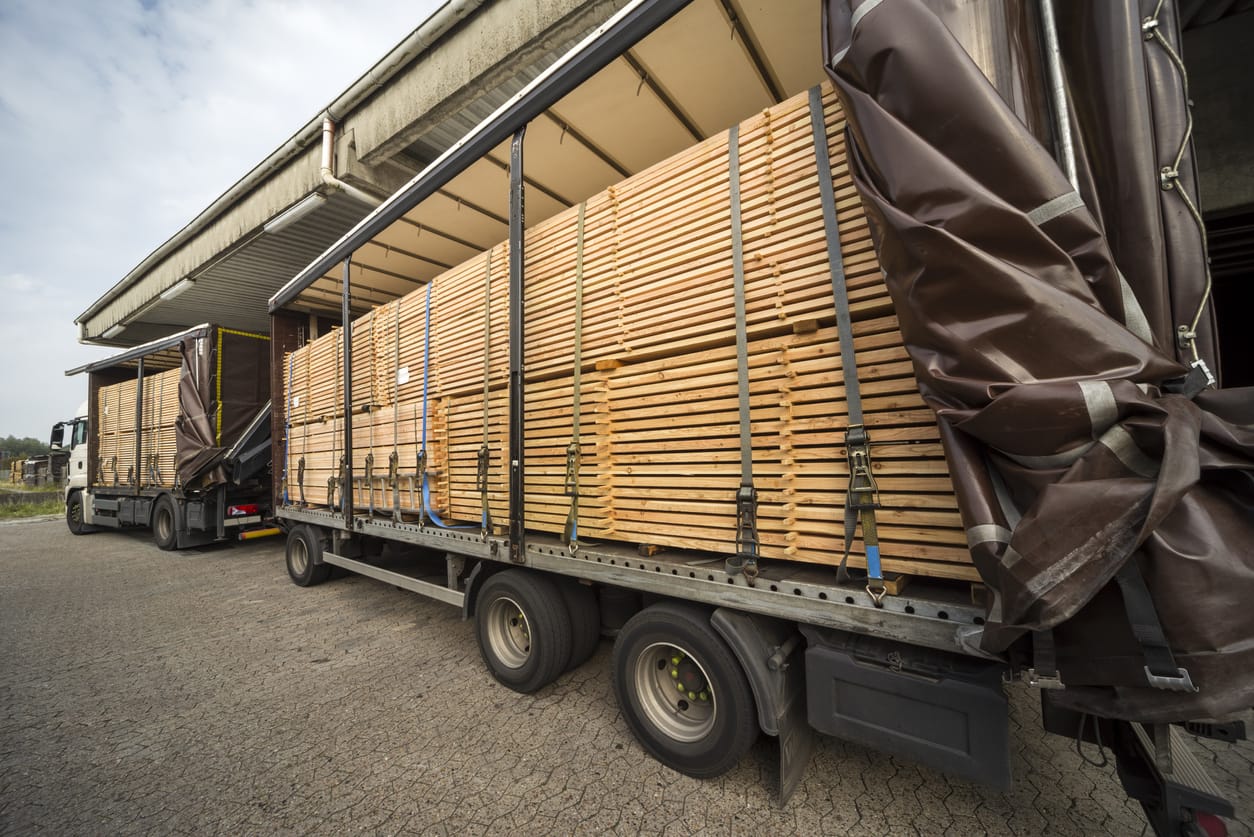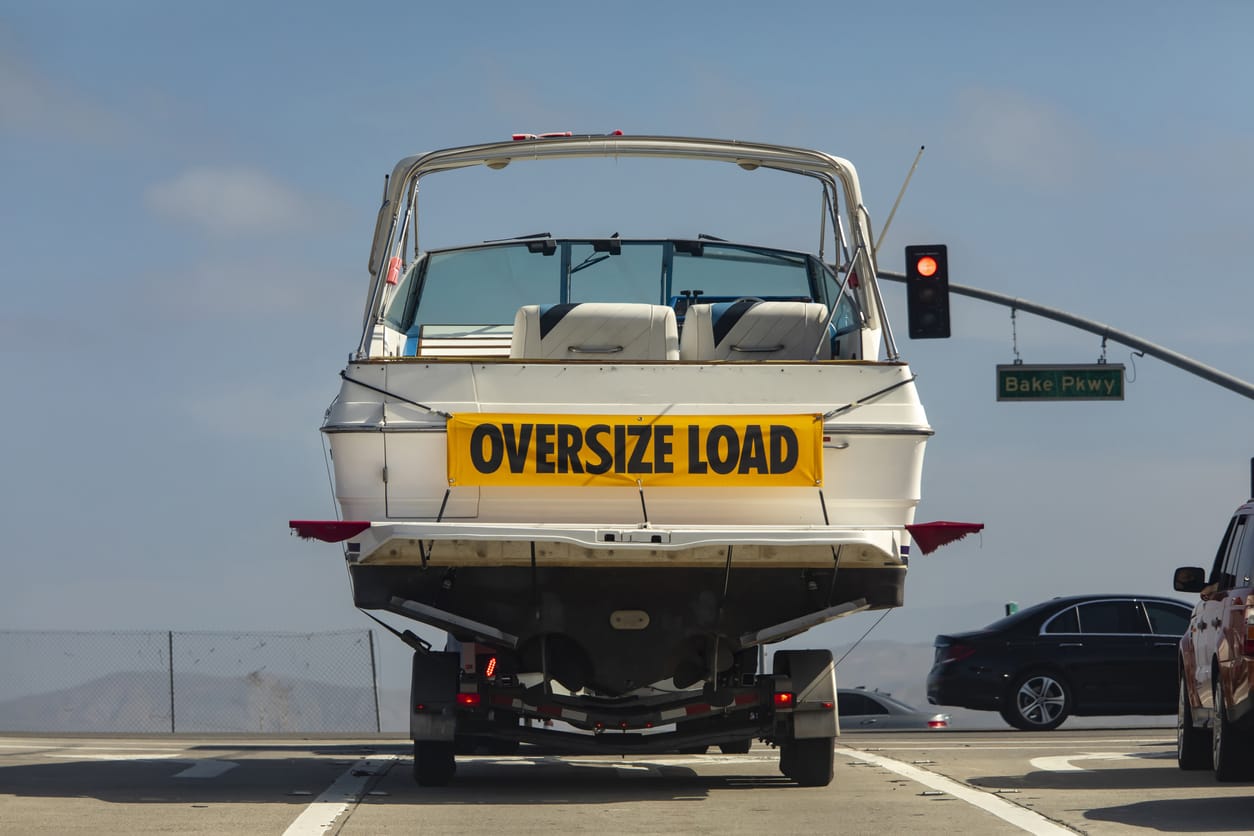
Marine equipment comes in all sizes and forms. And depending on the size, each requires different handling and care while shipping, especially moving from state to state. No matter the size, shape, weight, or function, all types of marine equipment can be shipped no matter the distance.
These include, but are not limited to, gyro compasses, automatic tracking aids, echo sounders, daylight signaling lamps, propellers, ship engines, pumps, heat exchangers, shafting boilers, and alternators.
They also include automatic identification systems, rudder blades, chart tables, marine radar, rudder angle indicators, rate of turn indicators, transmitting heading device, ship flags, navigation lights, etc.
Other marine equipment that can be shipped include ships, yachts, boats, and warships.
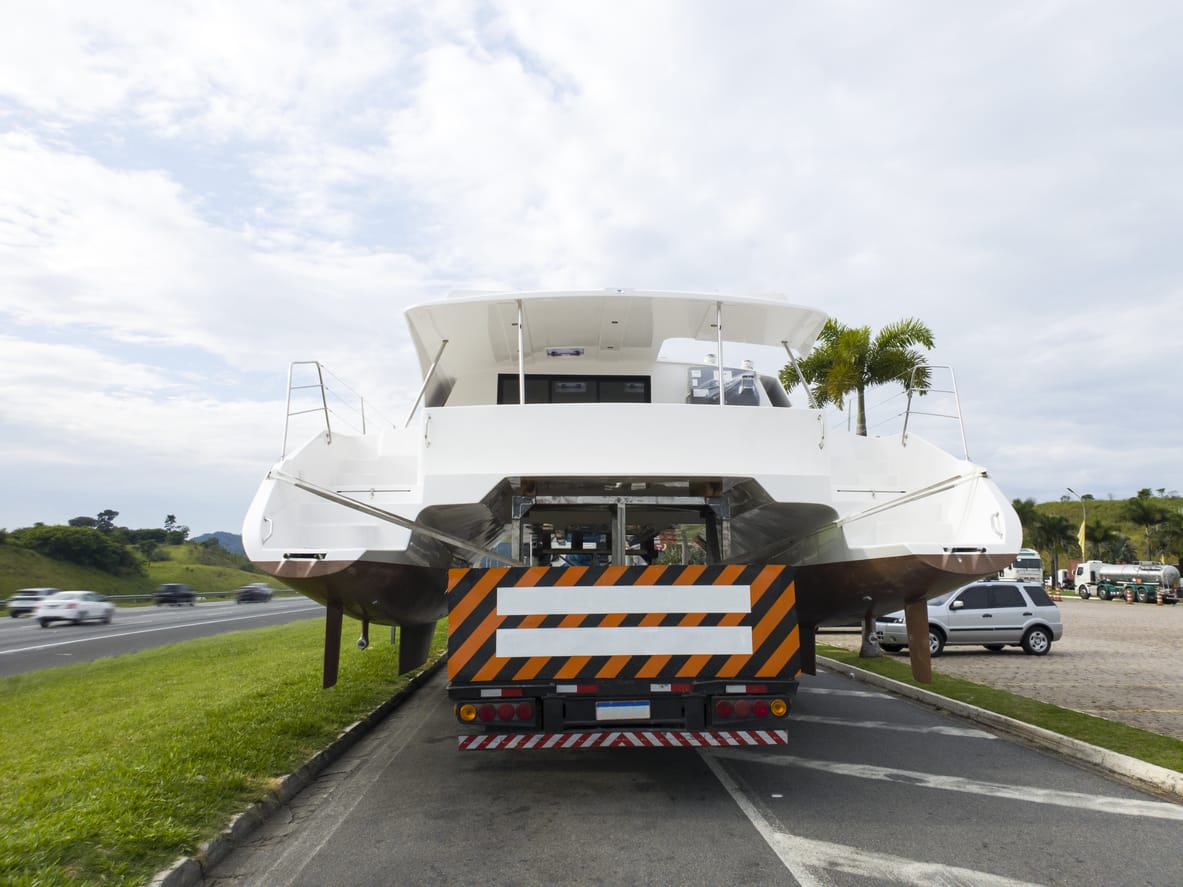
Transporting marine equipment can leave you with many concerns or needing clarification on how to proceed. You would first need to contract a good shipping company and be sure to ask if they transport marine equipment as part of their services. Also, ensure that they have adequate insurance and that they are licensed.
After contracting a reputable shipping company, you need to produce certain information to ease the shipping process further. These include;
-
Type of Equipment to be Transported
Your shipping company would need information about the type of marine equipment you are transporting. Whether it’s a boat, a yacht, a ship, or parts such as propellers, sails, rudder blades, shafting boilers, etc., the shipping company would require full details of what you’re shipping to be able to provide a suitable quote.
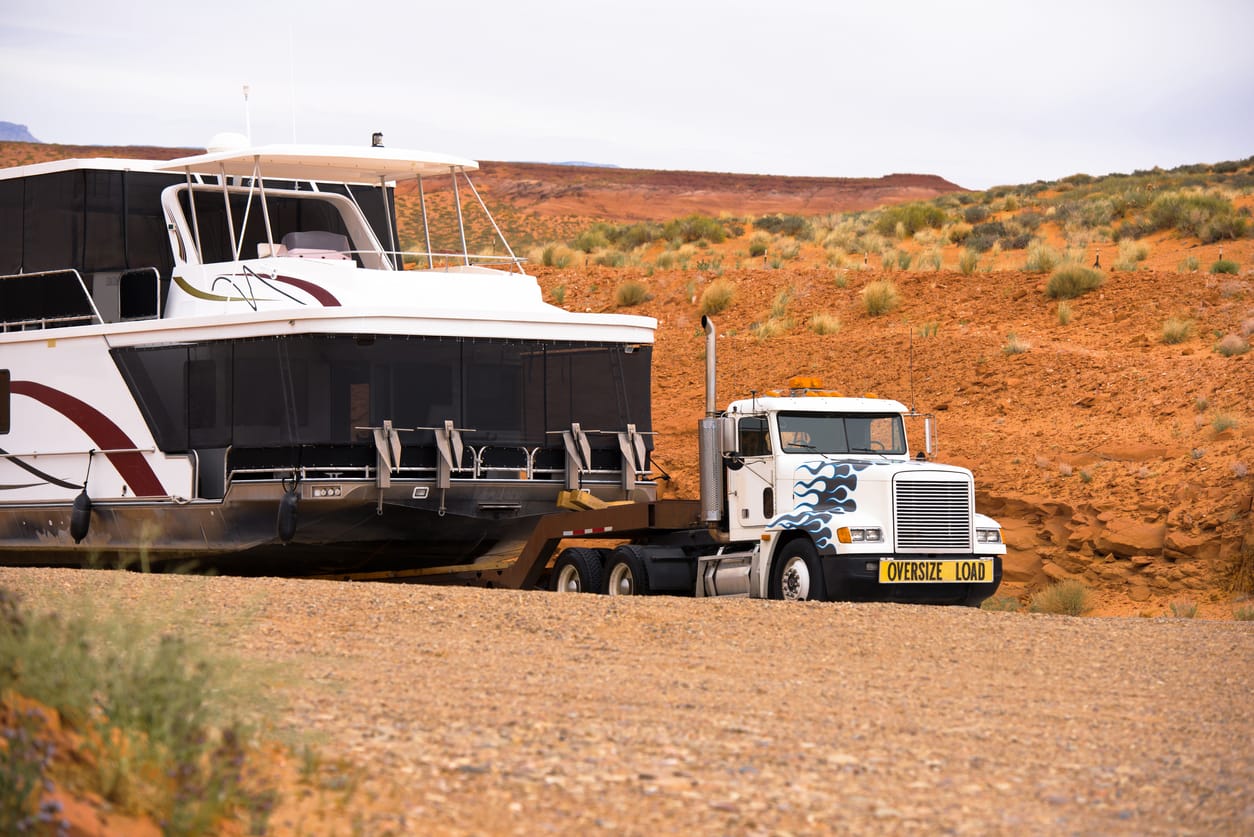
-
Special Moving Equipment
If your equipment requires any special hauling equipment, such as a winch line, crane, or forklift, your shipping company would need to be aware so that they can make necessary preparations ahead. If you’re moving equipment such as a boat or a yacht that can move, you would also be required to provide that information.
-
Dimensions of the Equipment
The precise size, weight, height, and sometimes the model and year of the equipment, if you’re moving a boat, ship, or yacht, are required so the shipping company can adjust their quotes and determine the best type of moving equipment for your needs.
To provide the equipment dimensions, you should use the widest, longest, and tallest points when measuring.
You must ensure your measurements are accurate with only a small error margin. Otherwise, the tiniest miscalculation could lead to the usage of the wrong hauling equipment or carrier, leading to more expenses or delayed delivery time.
-
Take Proper Documentation of The Marine Equipment Before Shipping
Before moving, you could take pictures of the marine equipment, so if there’s any damage before transporting or after delivery, you could account for it properly. You can also take pictures to send to your shipping company so they can have an idea of what your equipment looks like.
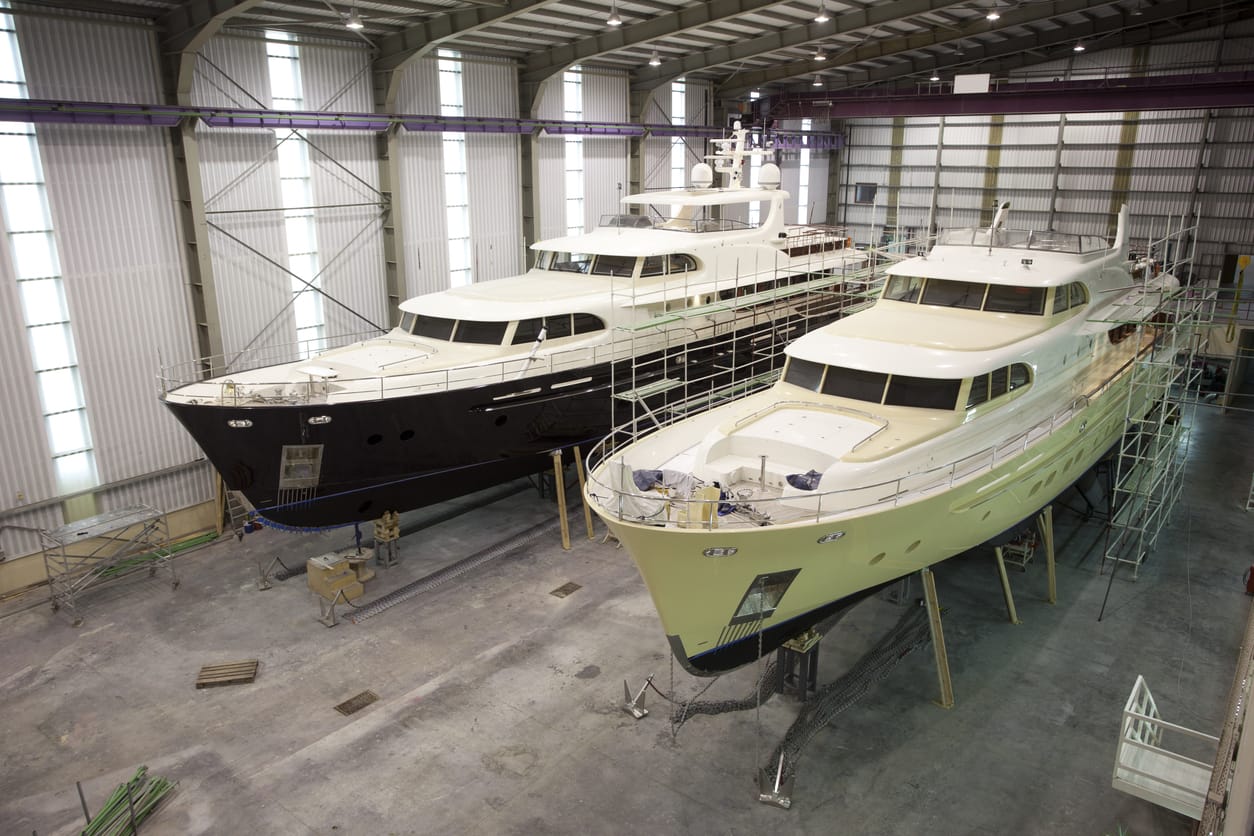
Transporting marine equipment can be quick and hassle-free if you have the proper knowledge and a reputable shipping company. So, start researching your shipping options as early as possible so you can gather all the information on necessary procedures beforehand.
However, Ship a Car, Inc provides top-notch boat transport and is one of the best companies to transport your marine equipment inter-state. Our services are top of the line, and we are always ready to take all the stress off your hands. If you’re feeling overwhelmed and the process seems confusing, just call us at (866) 452-3657 for a free quote.

-
What determines the cost of transporting marine equipment?
A lot of factors go into determining the cost of transporting marine equipment. The dimension of the equipment, which includes size, height, length, and weight, determines the equipment used for pickup, delivery, and handling. Hence, the larger the equipment, the higher the cost. Also, the destination of your equipment, whether far or near, will affect the fuel used and, therefore, the cost. Other factors include faster delivery and insurance.
- What can be used to transport marine equipment?
Yatchs and boats can be shipped as deck cargo on ships and can be loaded using a shore crane or cradle. They can also be transported using large trucks attached to trailers that drive them to the delivery location. This same method can also be used for both small and large marine equipment.
